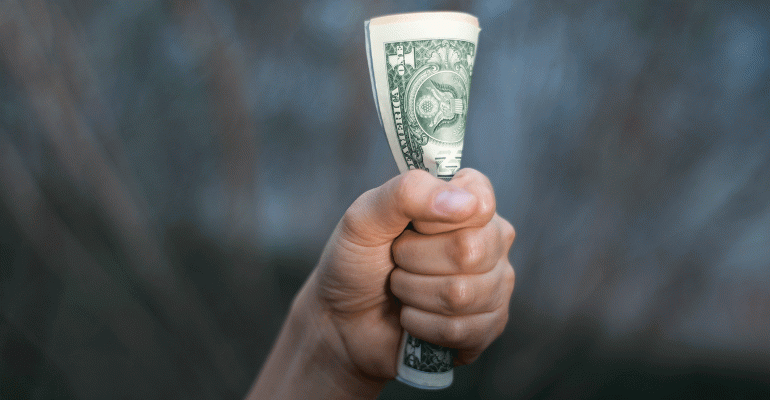Nearly half the states will be imposing higher minimum wage rates effective New Year’s Eve or New Year’s Day, with an increasing number of increases baked into earlier enacted graduated hikes or linked to economic indexes.
With minimum wage legislation stalled in the U.S. Congress this past year, 24 states and the District of Columbia have planned increases for 2020. An growing number of municipalities, from Seattle to New York, have enacted their own minimum wage rules that exceed the federal standard.
The U.S. House of Representatives in the summer passed the Raise the Wage Act, which would more than double the federal minimum wage — which has been $7.25 an hour since 2009 — to $15 an hour by 2025. However, the Senate has shown no signs of taking up the legislation, especially with the upcoming 2020 elections.
Surveys indicate minimum wages have fallen as a chief restaurant operator concern. The National Restaurant Association’s “Trends Survey,” released early in 2019, found minimum wage increases and labor costs were No. 4 among labor challenges, behind recruiting and retaining employees, building and maintaining sales volume, and dealing with competition.
Operators in the fine-dining segment were most concerned about wage rates as the impact on labor costs, with 13% naming it as their top challenge in 2019, followed by family dining at 10% and casual dining at 8%.

National Restaurant Association, Restaurant Trends Survey, 2018
Some states were also increasing the tip credit level at the start of 2020. Seven states don't allow a tip credit, including Alaska, California, Minnesota, Montana, Nevada, Oregon and Washington.
The United States has had a federal minimum wage since 1938, when it was introduced by President Franklin D. Roosevelt.
Ron Ruggless at [email protected]
Follow him on Twitter: @RonRuggless




